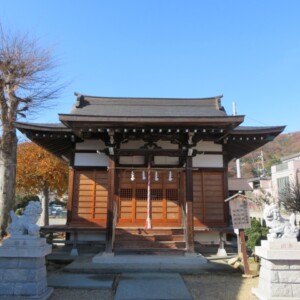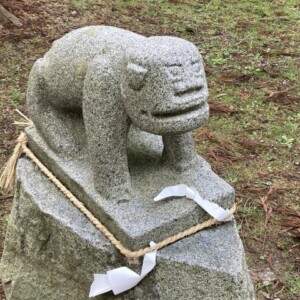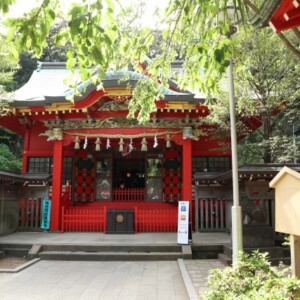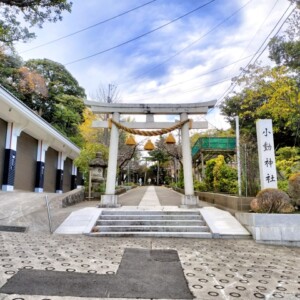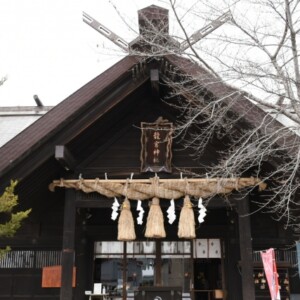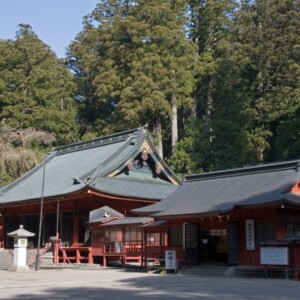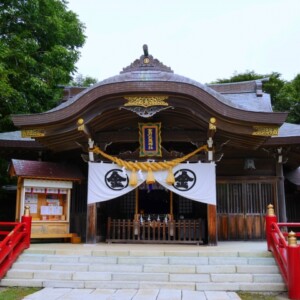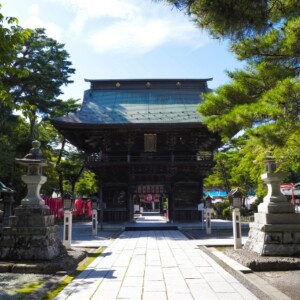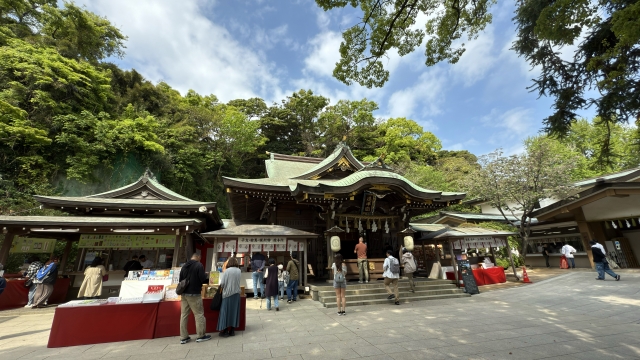
Eshima Shrine Hentsugu|Complete guide to praying for good fortune and artistic progress at the gateway to the three great benzaiten shrines in Japan
Ejima Shrine Hentsumiya stands at the end of Nakamise-dori after passing through the bronze torii gate of Enoshima. As the gateway to Ejima Shrine, which consists of three shrines, it has been welcoming many worshippers since ancient times. In the hall where the eight-armed Benzaiten and Myouon Benzaiten, known as one of the three great Benzaiten in Japan, are enshrined, prayers for monetary fortune and improvement in the arts are constant.
Outline and basic information about Hentsugu, Eshima Shrine
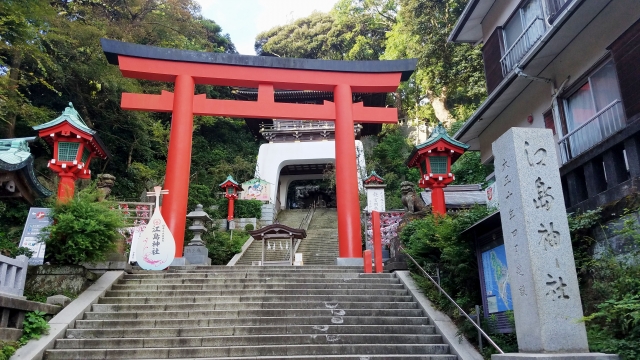
Eshima Shrine is the collective name for three shrines: Hetsumiya, Nakatsumiya, and Okutsumiya. Hetsumiya is the lowest of the three and is therefore also called Shimonomiya. Located at the entrance to the island, this is a sacred place where prayers at Eshima Shrine are mainly held.
History and Origin
Henshingu Shrine was founded in 1206 by Minamoto no Sanetomo, the shogun of the time. It was rebuilt in 1675, and the current Gongen-zukuri style shrine pavilion was built during a major renovation in 1976.
The origin of the entire Eshima Shrine dates back to the 13th year of Emperor Kinmei (552). It is said that the shrine was first built in a cave on Enoshima (present-day Iwaya) by order of Emperor Kinmei, based on a divine decree. In the late Heian period (794-1185), at the order of Minamoto no Yoritomo, Bunkaku Shonin (a Buddhist priest) invoked Benzaiten at Iwaya, and belief in the shrine spread, especially among samurai warriors. During the Edo period (1603-1867), the deity became widely worshipped among the common people as a god of entertainment, music, wisdom, good fortune, and treasure, and was called Eshima Benzaiten or Eshima Myojin.
Gods of worship and benefits
Henshu Shrine enshrines Tagitsuhime no Mikoto. This deity is one of the three sister goddesses born when Amaterasu and Susano-no-mikoto made a pact, and is known as one of the Three Goddesses of Munakata. Tasuntsuhiru-no-Mikoto is believed to be the god of water and navigation, and is believed to bring blessings for safe travels and traffic safety.
The three goddesses of Eshima Shrine are collectively called Eshima Daijin, and have long been revered as protectors of shipping, fishing, and transportation. Today, the shrine is visited by worshippers who make a wide range of wishes, such as for family safety, business prosperity, and business prosperity.
Highlights of Hentsumiya Shrine, Eshima Shrine
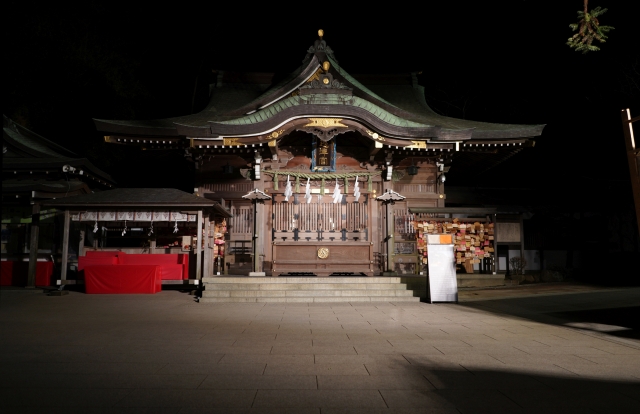
Henshingu Shrine is one of the three main shrines of Eshima Shrine, with many attractions that provide a memorable experience for visitors. From the beautiful Gongen-zukuri style shrine pavilions to the cultural treasures found throughout the shrine grounds, this is a place where history and faith come alive.
Gongen-zukuri style shrine pavilion and purse-shaped money box
The shrine pavilions of Henzingu Shrine are built in the Gongen-zukuri architectural style, and the “three scales in opposite waves,” the corporate crest of Eshima Shrine, can be seen on the roof. This crest was invented in reference to the legend of the Hojo family’s crest “three scales” and represents three scales in a facing wave.
In front of the worship hall, there is a money box in the shape of a purse, which is rare in Japan. This money box was dedicated by a local merchant in 1959 and is decorated with a unique carving technique called Sagami-bori. The maker is a craftsman named Shokichi Kagami from Hokkaido, and the box is designed to make a beautiful sound when money is inserted. Although it has now been replaced by a standard money-offering box, this kinchaku-type money-offering box was once a favorite of many worshippers.
A precious statue of Benzaiten enshrined in the main sanctuary
Two statues of Benzaiten, one of the three most famous Benzaiten statues in Japan, are enshrined in the octagonal hall next to Henzingu Shrine. One is an eight-armed Benzaiten (Benzaiten with eight arms), designated as a national important cultural property as a work from the early Kamakura period. When Minamoto no Yoritomo established the shogunate in Kamakura, he ordered Bunkaku Shonin to build the statue to pray for Fujiwara no Hidehira of Oshu to be subdued, and this is recorded in Azuma Kagami. In the Edo period (1603-1867), the shrine was widely worshipped as a god of victory and protection by both the warrior class and the general populace.
The other is Myouon Benzaiten, also called Naked Benzaiten, a seated nude figure holding a biwa (Japanese lute). It is a very rare figure with all the symbols of a woman, and is considered a masterpiece from the mid Kamakura period (1185-1333) onward. It is said to be a masterpiece from the mid Kamakura period (1185-1333). It is believed to be worshipped by many people who wish for the improvement of music and performing arts, and celebrities and entertainers also visit the shrine.
Hakuryuike (White Dragon Pond) and the spot for washing money
Across from the Bonan-jeon is the Hakuryu-ike Pond, where the White Dragon King of Money Washing is enshrined. In the center of the pond stands a statue of a white dragon, and clear water flows from a jade held by the dragon god. It is said that by washing and purifying money in this sacred water, one can obtain the blessing of improved financial fortune, and that if one puts the washed money in the money offering box, one’s wish will come true.
The area around the pond is the sacred area of the White Dragon King, who is believed to be the god of wealth, treasure, and fortune, and there is no end to the number of worshippers who wish to increase their financial fortune. Also, near the entrance to the shrine, there is a white snake statue with a single character wish, and visitors are encouraged to write their wishes in the shape of a single character and submit it to the shrine.
Guide to Worship
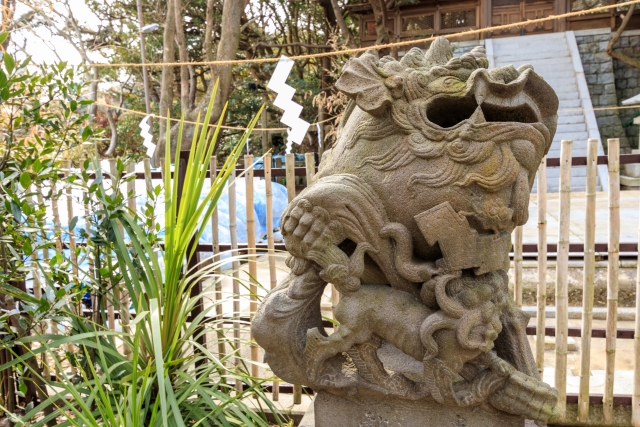
A visit to Hentsumiya Shrine of Eshima Shrine is a rare opportunity to receive the spiritual blessings of the three great benzaiten deities of Japan. By observing the proper etiquette and visiting the various spots on the shrine grounds, you will be able to receive even deeper benefits.
Worship Etiquette and Manners
The first step in visiting Hengu Shrine is to bow at the bronze torii (gateway to the shrine). After passing through the Nakamise Dori and the vermilion Otorii, stone steps lead up to the shrine. If you are not confident about your physical strength, you can use the escalator (Enoshima Escalator) for a fee.
After purifying your hands and mouth at the hand- and mouth-wash basin, go to the front of the hall of worship to pay your respects. Follow the two-beat-and-one-worship ritual, and express your gratitude and wishes to the deity Tasuntsuhiru-no-mikoto. After praying, we recommend that you visit the Benzaiten statue at the Bonan-den. Admission is 200 yen for adults, 100 yen for junior high and high school students, and 50 yen for elementary school students, and is available from 8:30 am to 4:30 pm.
Kayanowan-kuguri and Seasonal Events
A cogon grass ring is set up in the Henzingu Shrine grounds, and visitors can obtain blessings to drive away evil spirits and ward off bad luck by passing through the ring. The proper way to go through the thatched ring is to make a figure of eight, and this is an ancient ritual to pray for good health and good fortune.
Various festivals are held throughout the year at Eshima Shrine. In particular, the Hongjong Benten Grand Festival, held once every 60 years, is a historic festival held jointly with Engakuji Temple in Kamakura City. This festival celebrates the completion of the “Hong Bell,” a national treasure cast in 1301, and is based on a legend concerning Sadatoki Hojo’s visit to Ejima Shrine.
Red Seal and Charm Information
More than 10 types of red seals are available at Eshima Shrine, which can be picked up at the awarding office in Quizumiya from 9:00 a.m. to 5:00 p.m. The first earning is 300 yen each. The initial fee is 300 yen each. Popular red seals include “Ejima Shrine,” “Benzaiten,” “Hengu Shrine,” “Hachiman Benzaiten,” and “Ryugu Shrine,” and if you ask for two different types at the same time in a spread, the character for “visit” will be written in the center.
Five types of red seal books are also available, with the dragon god design and the one depicting the Shonan Sea and Mt. The initial fee ranges from 2,000 to 2,500 yen.
Among amulets, the White Dragon Amulet and the Benzaiten Amulet are particularly popular, each with a starting fee of 800 yen. The White Dragon Charm features a white snake, an incarnation of a dragon, and is believed to bring good luck in money. The Benzaiten amulet is based on the eight-armed Benzaiten and has a cute design of a small Benzaiten sitting inside a capsule.
Access/Use Information

Eshima Shrine Hentsumiya is located in Enoshima, Fujisawa City, Kanagawa Prefecture, and is easily accessible from the Kanto region. Multiple modes of transportation are available, allowing visitors to enjoy visiting the shrine in conjunction with sightseeing.
Transportation Access
There are three train lines to choose from for access. It is a 15-minute walk from Katase Enoshima Station on the Odakyu Enoshima Line, a 15-minute walk from Enoshima Station on the Enoshima Electric Railway Line, and from Shonan Enoshima Station on the Shonan Monorail Enoshima Line. From either station, cross the Enoshima Benten Bridge to enter the island, then walk from the bronze torii gate to Hengu Shrine via Nakamise-dori.
If coming by car, there is no dedicated parking lot for Eshima Shrine, but there are several pay parking lots on the island. The Enoshima Parking Lot of the Fujisawa City Tourist Association, the Enoshima Nagisa Parking Lot, and the Enoshima Kamome Parking Lot are all available, and all are about a 3 to 4 minute walk from Hengu Shrine. Since crowding is expected on holidays and during the tourist season, public transportation is recommended.
Hours of Admission, Fees, and Parking Information
Visiting Eshima Shrine Hengu is open all year round, basically 24 hours a day. However, the awarding office is open from 8:30 a.m. to 5:00 p.m.
Adults 200 yen, junior and senior high school students 100 yen, elementary school students 50 yen, and children under elementary school age free. Hours are from 8:30 a.m. to 4:30 p.m.
Advance reservations are recommended if you wish to pray on the temple grounds. Depending on the number of applications, the tour may start around 1:00 p.m. to 2:00 p.m., so please schedule your visit well in advance.
<Address> 2-3-8 Enoshima, Fujisawa-shi, Kanagawa 251-0036
Reference site
Eshima Shrine Official Web Site: http://enoshimajinja.or.jp/
Fujisawa City Tourism Official Website: https://www.fujisawa-kanko.jp/



